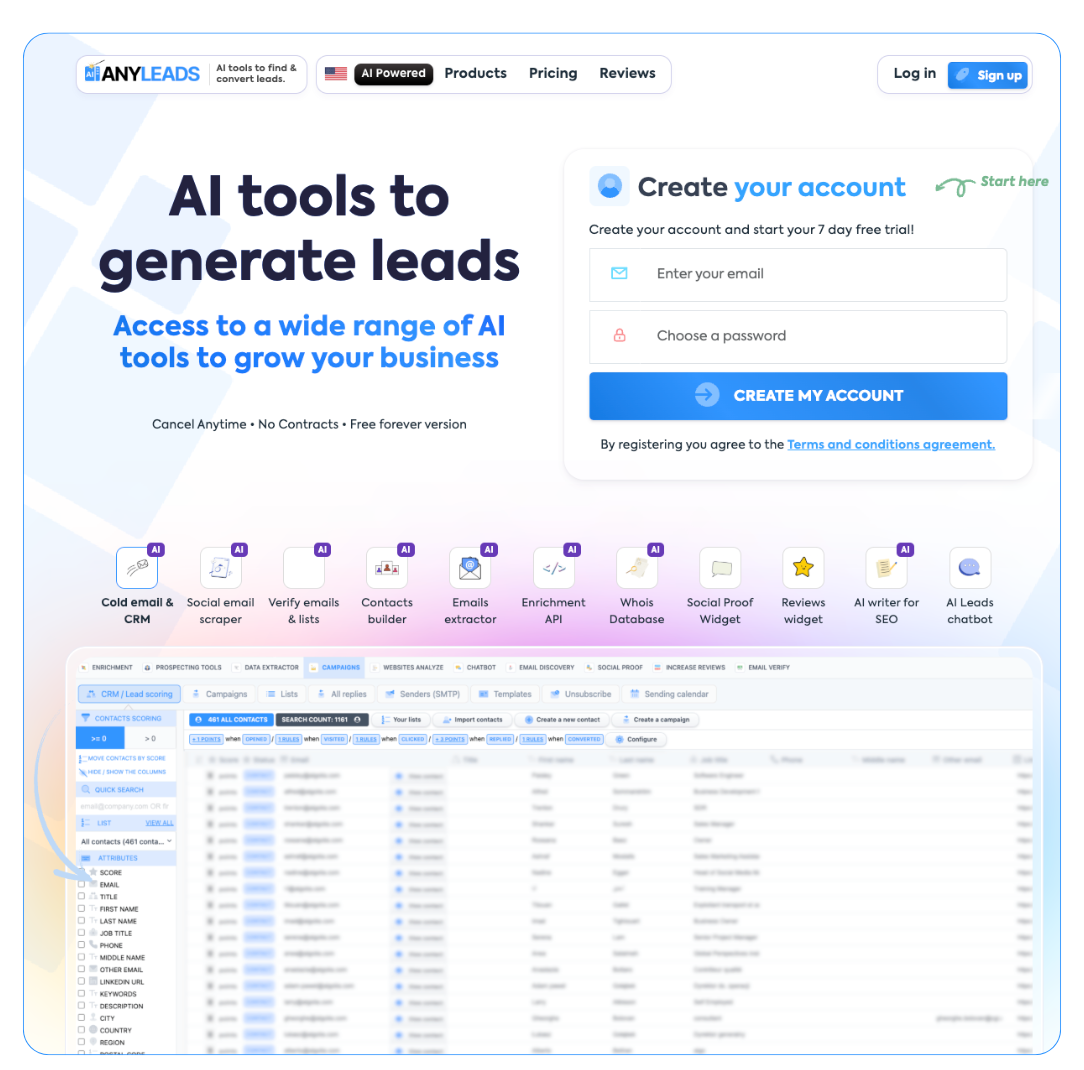 LIMITED SPOTS
All plans are 30% OFF for the first month! with the code WELCOME303
LIMITED SPOTS
All plans are 30% OFF for the first month! with the code WELCOME303

 LIMITED SPOTS
All plans are 30% OFF for the first month! with the code WELCOME303
LIMITED SPOTS
All plans are 30% OFF for the first month! with the code WELCOME303


Email automation streamlines operations for SaaS companies, but security risks remain a concern. Implementing practical safeguards protects sensitive data and ensures trust.
Read on to discover seven actionable steps every SaaS company should take for safer email automation practices.
Requiring multiple factors to authenticate access is one of the most effective ways to secure email systems. This involves combining at least two verification methods, such as passwords and mobile device authentication codes.
For SaaS companies handling automation, unauthorized access could lead to breaches affecting customer trust. Multi-factor authentication reduces this risk significantly by making it harder for attackers to compromise accounts.
It’s a straightforward yet powerful measure that should be standard in your email automation processes.
Encrypting emails ensures sensitive data remains inaccessible to unauthorized parties during transmission and storage. For SaaS companies, this protects customer information, internal communications, and automated processes.
Use protocols like TLS (Transport Layer Security) for securing email transmissions.
End-to-end encryption adds another layer of protection by safeguarding messages even on the recipient's side.
This minimizes the risk of interception or data breaches caused by unencrypted communication channels within your email automation systems.


Outdated software often contains vulnerabilities that attackers can exploit. Keeping email automation tools up to date is critical for maintaining a secure system.
Apply patches as soon as vendors release them, addressing any known security flaws promptly.
Automating updates where possible ensures no gaps in protection occur due to delays or oversight.
By maintaining updated systems, SaaS companies strengthen their defenses against evolving cyber threats targeting automated email processes and the sensitive data they handle.
Consistent monitoring of email sending patterns helps identify irregular activities that could indicate a breach or misuse. Automated systems can send alerts when volumes spike unexpectedly or unusual recipient lists appear.
Set up monitoring tools that analyze metrics like frequency, volume, and destinations of emails.
Immediate detection allows your team to investigate and mitigate potential issues before they escalate into larger security problems.
This proactive step ensures safer email automation while maintaining operational integrity within SaaS processes.
Securing the code behind email automation systems is essential to prevent vulnerabilities. By integrating Static Application Security Testing ( SAST ), SaaS companies can identify weaknesses early in the development process.
SAST scans source code to detect potential security risks, such as injection flaws or data exposure issues.
Addressing these vulnerabilities during coding minimizes future risks associated with compromised automation tools.
This approach enhances overall system security and builds trust with clients relying on robust safeguards for their communications.


Restricting access based on roles ensures that only authorized personnel can interact with email automation tools. Assign permissions aligned with job responsibilities, minimizing unnecessary access.
Implement role-based access controls (RBAC) within your systems to enforce these restrictions effectively.
For example, marketing teams may require full access, while other departments only need viewing capabilities.
This targeted control reduces the likelihood of human errors or intentional misuse compromising sensitive data within automated email workflows in SaaS operations.
Lastly, human error remains a significant risk in email automation security. Regularly educating your team on safe email practices helps prevent mistakes that could lead to breaches.
Training should cover identifying phishing attempts, securing login credentials, and following established protocols for automated systems.
Incorporating real-world scenarios ensures staff recognize threats and respond appropriately.
For SaaS companies relying on automated processes, routine security training builds an informed workforce capable of safeguarding critical communication channels effectively.